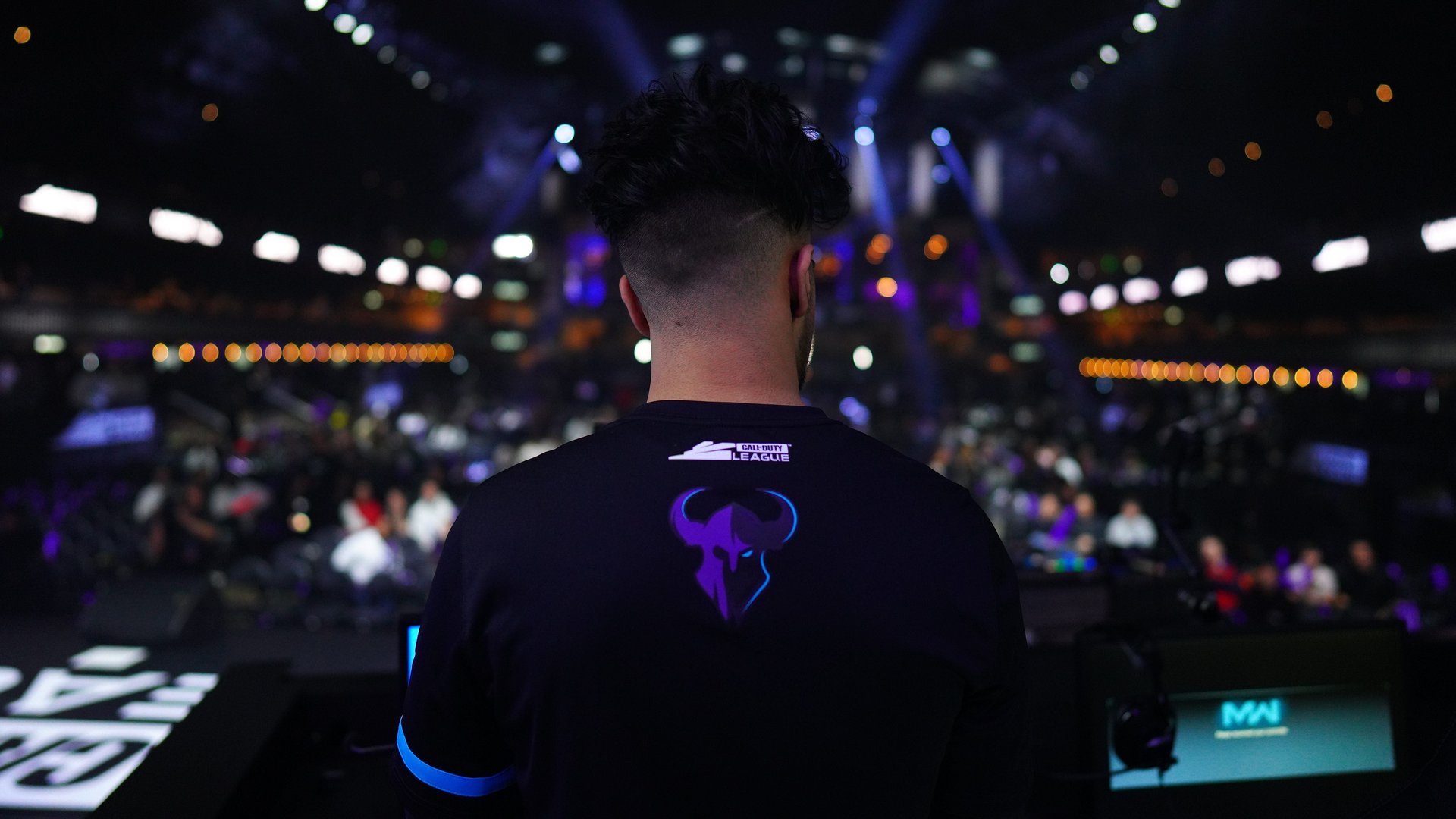YouTube is now the biggest threat to Twitch
When Amazon bought Twitch for $970 million in 2014, it was seen as the “YouTube of video games,” the only real live-streaming site for gamers in the West. As of December, the company controlled 61% of the market in the Americas and Europe, with viewers tuning in for millions of live hours of in-game commentary, esports tournaments, and other live streams.


When Amazon bought Twitch for $970 million in 2014, it was seen as the “YouTube of video games,” the only real live-streaming site for gamers in the West. As of December, the company controlled 61% of the market in the Americas and Europe, with viewers tuning in for millions of live hours of in-game commentary, esports tournaments, and other live streams.
But there are signs that Twitch may soon lose some of that market dominance. Today, the company is locked in a battle for viewers with YouTube, Facebook Gaming, and Microsoft’s Mixer. With competition from platforms that can draw from different audiences, Twitch’s troubles hint at a future in which platforms stream both live and on-demand video, and strive to serve a variety of audiences—not just gamers.
Take the blow Twitch took last Friday. On Jan. 24, gaming studio Activision Blizzard and Google announced a multi-year partnership that would make YouTube the exclusive live streaming partner for its esports leagues, including Call of Duty League and Overwatch League. Twitch formerly had exclusive streaming rights to Activision Blizzard events, signing a two-year deal back in 2017. The studio’s move is the equivalent of the Superbowl and the Olympic Games making FOX their exclusive viewing partner for several years, shutting out all other networks.
The move means that Twitch is losing some of its top traffic drivers. The Overwatch League is the second-most-watched channel on Twitch, with 80 million hours watched since January of 2019, according to Twitch analytics site Sully Gnome. While Call of Duty has a more modest showing on Twitch, its live tournaments draw millions of viewers to the platform and break records for the category.
Meanwhile, viewership on rival platforms YouTube Gaming, Mixer, and Facebook Gaming is growing. Rather than cloning Twitch, the other video platforms are crafting their own identities. Microsoft bought the Seattle-based game streaming site Beam in 2016 and packed it with user-oriented features. Instead of building a streaming home for the Xbox, Mixer has remained platform-agnostic. Facebook launched its game streaming platform in 2018, and offers streamers access to groups, live streams, and Instant Games (a type of mini-game you can play on Messenger).
Last year, YouTube took serious steps to ramp up its gaming presence. It merged its YouTube Gaming app with its main site, and has since seen its viewership for the category nearly double. Total hours watched on YouTube Gaming increased by 46 percent between Q1 and Q4 in 2019, according to Newzoo. There was a noticeable spike after the third quarter, when YouTube Gaming folded into the main site.
As viewers are moving to these platforms, so are some of Twitch’s top streamers. Last year saw the high-profile departures of Tyler ‘Ninja’ Blevins and Michael ‘Shroud’ Grzesiek, who left Twitch for Mixer. Jack ‘CouRage’ Dunlop, a high profile Fortnite streamer with over 2 million followers, decamped for YouTube.
While Facebook Gaming and Mixer are both seeing increases in viewing hours, they and Twitch will have a tough job competing with the goliath of YouTube, which reaches 2 billion users a month. True, the bulk of YouTube’s viewership comes from on-demand videos and non-gaming content. But that doesn’t mean Google’s behemoth doesn’t belong in gaming.
Creators on YouTube Gaming aren’t just repeating what they do on Twitch. They’re also tapping into the platform’s on-demand video culture by creating highlight reels and other shorter videos. The platform held its first summit for video game streamers last fall, and has since unveiled new moderation tools to help creators deal with harassment, including a Twitch-like AutoMod feature that uses AI to detect suspect messages on chat.
In a YouTube video posted on Monday (Jan. 27), Ryan Wyatt, the platform’s global head of gaming, hinted at an even broader gaming mission than Twitch. “We’re seeing tons of interest across all gaming platforms, which includes PC, console, and mobile gaming,” he said. Mobile esports, including high-profile games like PUBG Mobile and Mobile Legends: Bang Bang, are doing exceptionally well on YouTube, which Wyatt attributed to the platform’s growing popularity in India, Southeast Asia, and Latin America.
The new interest in YouTube Gaming has coincided with overall declines in Twitch’s viewership. According to a year-end report by Streamlabs and Newzoo, the number of hours watched on Twitch declined in the last quarter of 2019, reversing more than a year of steady growth. Compared to the first quarter of 2019, the end of the year saw a decline in hours watched, hours streamed, number of unique channels, and average concurrent viewership.
Twitch has said very little about its recent struggles. “We love esports and will continue to invest in competitive gaming as part of our overall content strategy, and are committed to working with partners who are innovating and moving the industry forward,” said a spokesperson from Twitch in a statement to Quartz.
Meanwhile, Twitch is becoming less gaming-focused than ever. Twitch’s “Just Chatting” category, a catch-all term for non-gaming content, was the most watched category last December. With more gamers turning to YouTube and more non-gamers turning to Twitch, the future of live-streaming appears to be the ability to do it all.